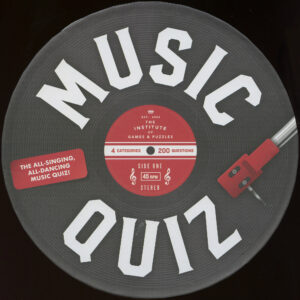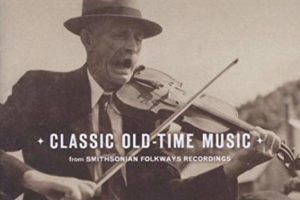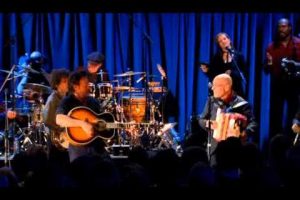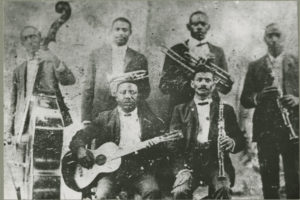A few years ago I read a very interesting book about the early evolution of baseball. Unfortunately, I can’t remember the title. One point the author made is that the Civil War did a lot to popularize the sport. Before the war, people mostly were born, lived and died in about the same place. When the war hit, masses of people — both soldiers and presumably displaced civilians (though this was not discussed in the book, as I remember) — were uprooted and moved around. They meshed their cultures with the cultures they found. This, the author suggests, was the beginning of America as a mass culture. We entered the war as a group of discreet states and emerged as a nation. Baseball was one of the first products of a cohesive American culture.
Ending slavery was the great positive of the war, of course. Another positive, albeit far behind, was this cross-pollination between regions. Keep in mind that the nature of war is that brief periods of terror are separated by almost endless down time, and baseball filled much of the vacuum. Different forms of baseball–some similar to today’s game and some comically (from today’s perspective) different–became an obsession and thrived. (A side note is that we ended up with today’s rules because the Cincinnati team, which used a version close to them, was the first to actually publish a rule book. No DH, though.)
The same must have been true of music. I have no academic proof of this, but it seems inevitable that troops from different regions coming together and playing music during those long boring days (keep in mind that absolutely nothing happened during winter) must have stimulated collective creativity and pushed American music. Note, for example, that When Johnny Comes Marching Home (above) clearly is an Irish tune. Musician soldiers from other areas no doubt put their spin on it. This likely happened in each army individually and, to a lesser extent, between the North and the South.
The poignant lyrics to When Johnny Comes Marching Home are here. Below is The Battle Hymn of the Republic. Previously, The Daily Music Break featured Jay Ungar’s beautiful Ashokan Farewell, which was featured in Ken Burns’ The Civil War.










